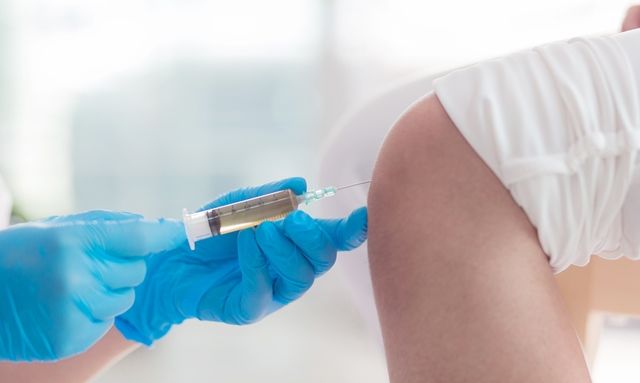Scheduling an appointment with one of our providers is now as simple as 1,2,3 with our new online scheduling feature!
NEW SERVICES: FHMS now offers Occupational Medicine! Please contact our Occ Med department at 716-484-4033 to learn more!
Scheduling an appointment with one of our providers is now as simple as 1,2,3 with our new online scheduling feature!
NEW SERVICES: FHMS now offers Occupational Medicine! Please contact our Occ Med department at 716-484-4033 to learn more!
At Family Health Medical Services, we understand how much joint pain can hold you back. Luckily, there are options out there to relieve joint pain and get you moving again.
According to the Centers for Disease Control and Prevention (CDC), about one in four adults with arthritis—15 million people—report experiencing severe joint pain. Corticosteroid (“cortisone”) injections are regularly used by providers across the globe to relieve this common pain and inflammation in the joints.
When you visit FHMS, your care team may recommend cortisone joint injections to treat various types of joint pain and discomfort, including:
Cortisone shots aren’t just helpful for arthritis. In fact, cortisone shots can be an effective for the treatment of other conditions, including:
After a patient receives a cortisone injection, they may experience a temporary flare up in pain and inflammation. After 48 hours, however, they should experience joint pain relief that can last anywhere from a few days to more than 6 months.
Here are a few things to keep in mind before, during, and after you receive a joint injection:
Please note, most patients can receive only a limited amount of cortisone injections in a year—usually 3-4 times or fewer—depending on your condition. To avoid damage, most providers recommend that patients shouldn't get cortisone injections more often than every six weeks and usually not more than three or four times a year.
Many of the provide care team at Family Health Medical Services offer joint injections. Our convenient locations and same-day appointments help you get treatment faster, so you can get back to doing what you love. Book your first appointment or log into our Patient Portal to schedule an appointment.
FHMS also offers patients a range of virtual medical care services through our telemedicine program. Now you can get the care you need — wherever you may be. Contact us today to learn more.
